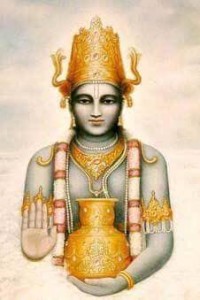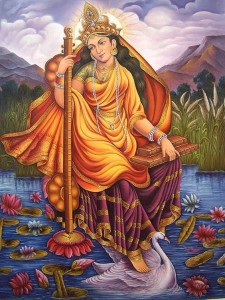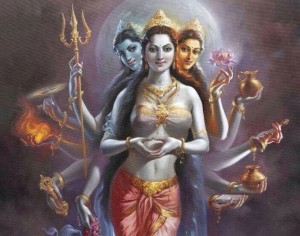Deepawali is a five day festival starting from Dhanteras ,Narak Chaturdashi, Laxmipujan, Padwa and Bhai Dooj. Everyday of the festival has its significance and a mythological story with a deeper meaning. It is notable that celebrations and legends vary in different regions.
Dhanteras is celebrated on the thirteenth lunar day of Krishna Paksha,in the month of Karthik according to the Hindu calendar (Vikram Samvat).
Dhanteras is basically the worship of Lord Dhanvantari who is considered as the father of Ayurveda. According to Hindu mythology, Lord Dhanvantari is an incarnation of Lord Vishnu and the first to impart the wisdom of Ayurveda to human race. He is known to be the Vaidya (physician) of Gods. Sound health is the biggest wealth and Dhanteras is celebrated as Dhanvantari Jayanti seeking the wealth of good health and wellbeing.
Lord Dhanvantari emerged during Samudra Manthan (churning of the ocean), holding a conch, leeches, healing herbs and a Kalash ( pot) of Amrit (Nectar). Lord Dhanvantari appeared as an epitome of health, young, well-built, strong arms, a broad chest, curly oiled hair and bluish black complexion.
Lord Dhanvantari the celestial physician took birth as a prince of Kashi known as Kashiraja and Devodasa Dhanvantari. Dhanvantari in this human form revealed Ayurveda to the world and systematically divided Ayurveda into eight divisions (astangas), each representing specialities.
The Indian ministry of Ayush announced that Dhanteras will be observed as National Ayurveda Day.
Lord of death Yamaraj is also worshipped to avoid untimely death and an oil deepak is lit outside the main door in the honor of Lord Yamraj. Hence this day is also celebrated as Yama trayodashi.The lighting of diya is a symbolic message to eliminate all the darkness in life.
Anupama Garg (Author:The Tantric Curse) Shishya of Baba Batuknathji





Recent Comments